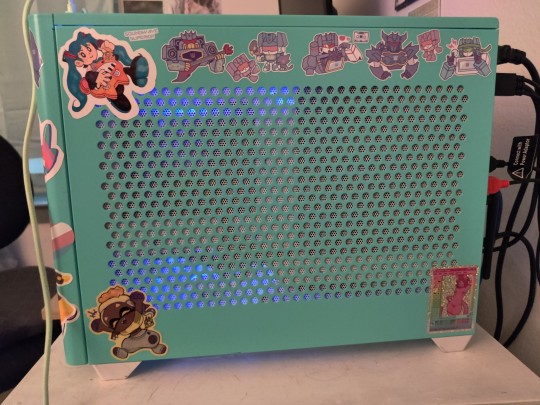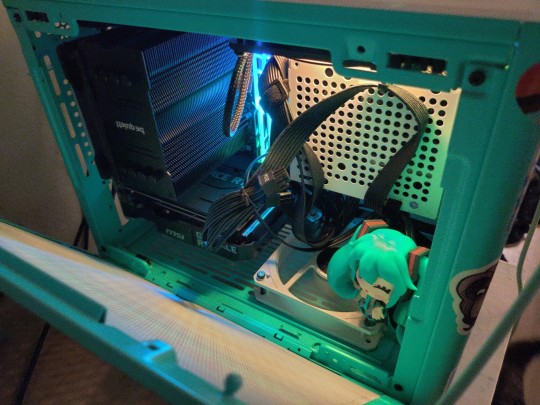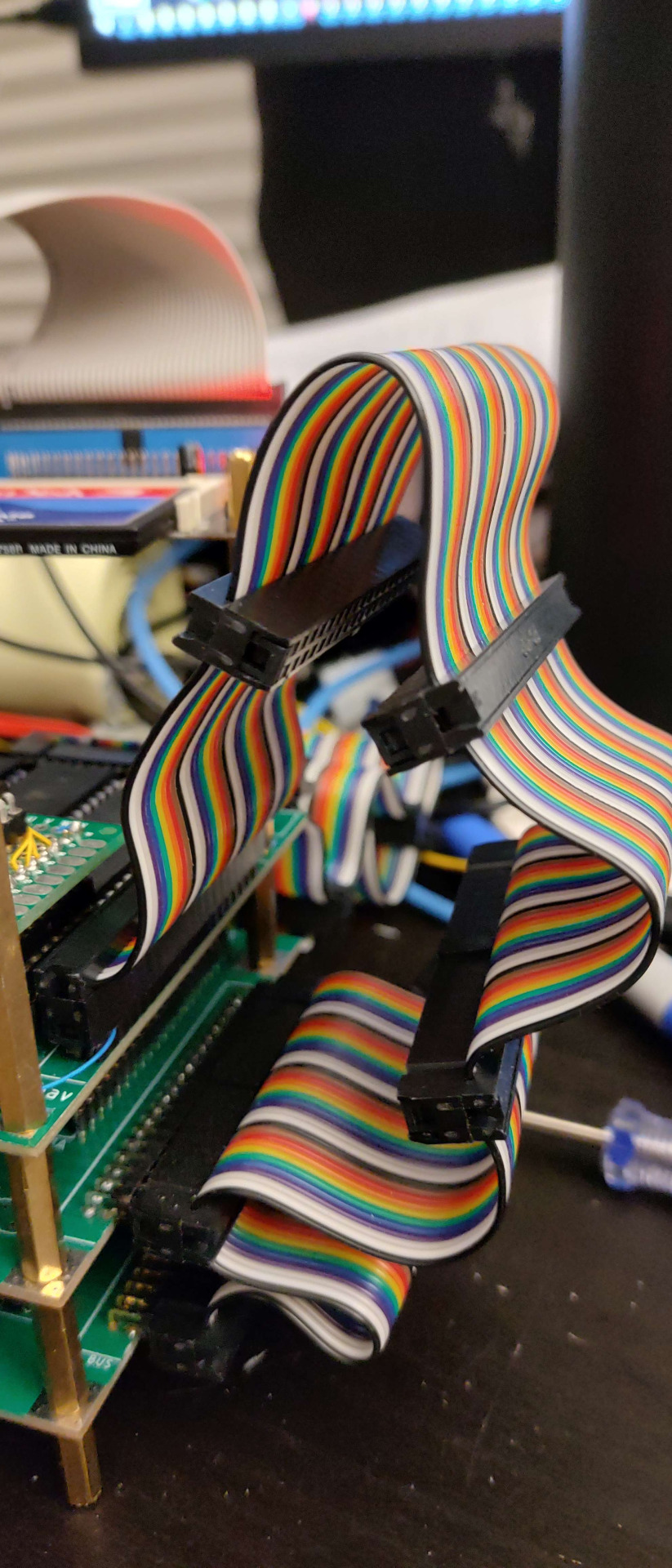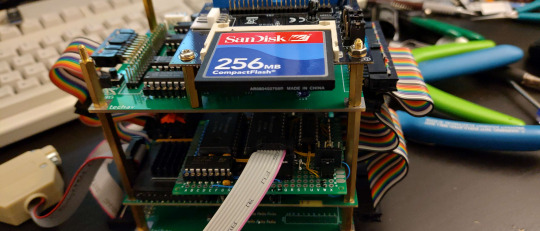#computer assembling
Explore tagged Tumblr posts
Text
We specialize in laptop repair services such as laptop screen repair, laptop keyboard repair, laptop battery replacement, laptop charging port repair, laptop fan repair, laptop motherboard repair, laptop virus removal, laptop data recovery, laptop hard drive replacement, laptop power jack repair, laptop overheating repair, laptop liquid damage repair, laptop diagnostic services and laptop upgrade services. Desktop Printers all in one, scanners copiers we do all sort of printing devices repairs. Our experienced technicians provide high quality repair services with fast turnaround times at competitive rates. Contact us today for a free estimate on any of our laptop repair services.
#laptop repair in thane#hp service center in thane#mac book repair authorized service center#data recovery in thane#laptop repair shop near me#laptop repair near me#dell service center in thane#Dell Authorized service center in thane#computer repair shop near me#computer assembling#laptop screen replacement#laptop data recovery#affordable laptop repair near me at home#Printer Repair near me#HP Epson Canon printer at home
0 notes
Text



look at this dumbass motherfucker. I hate him so bad.
#CLIIIIIIIINT#the best hawkeye ever#avengers assemble#clint barton#hawkeye#I have 3 seasons downloaded to my computer and its about to be everyone else's problem
80 notes
·
View notes
Text

I can't find the post but i was inspired by the person who drew their PC as a robot so here's Miku PC!!! Miku PC just wants to have a good time and be your friend!
Irl Miku PC pics



#computer#my art#hatsune miku#robots#computer robots#MIKU PC REAL!!!!#my pride and joy. assembled her myself!#it's mini itx so miku pc is Smol#ft. Punkitt's fluttershy#soundwave#i love my soundwave stickers. the artist i bought em from is uber talented. i see them at cons in my state 💖💖💖
311 notes
·
View notes
Text

66 notes
·
View notes
Text
this truly has been shoko kaisen
#jjk#jujutsu kaisen#shoko ieiri#gojo satoru#ryomen sukuna#yuji itadori#ieri shoko#jjk sukuna#jjk fanart#animatic#drawn on printer paper in sharpie -> scanned to dying computer -> emailed to health(ier) laptop -> assembled in default vid editor#they call me the most efficient aritst. on the whooooole planet. because i dont overcomplicate processes ever.#um. normally i dont ask. but i kind of put a lot of work into this and i think it ended up pretty cool.#so if you enjoyed it. erm. reblog maybe??? if its not too much trouble?
35 notes
·
View notes
Text



while i wait for my new pen to arrive have some more IT at the DWMA shenanigans ft. me
#i think stein would try to assemble a computer to resemble human organ systems#rather than how theyre usually organized#also obv he smokes near his pc all the time and its a disaster in there#franken stein#spirits there but im not tagging him#mine#my art#soul eater self insert#soul eater#IT at DWMA
34 notes
·
View notes
Text

Nanosized blocks spontaneously assemble in water to create tiny floating checkerboards
Researchers have engineered nanosized cubes that spontaneously form a two-dimensional checkerboard pattern when dropped on the surface of water. The work, published in Nature Communications, presents a simple approach to create complex nanostructures through a technique called self-assembly. "It's a cool way to get materials to build themselves," said study co-senior author Andrea Tao, a professor in the Aiiso Yufeng Li Family Department of Chemical and Nano Engineering at the University of California San Diego. "You don't have to go into a nanofabrication lab and do all these complex and precise manipulations." Each nanocube is composed of a silver crystal with a mixture of hydrophobic (oily) and hydrophilic (water-loving) molecules attached to the surface. When a suspension of these nanocubes is introduced to a water surface, they arrange themselves such that they touch at their corner edges. This arrangement creates an alternating pattern of solid cubes and empty spaces, resulting in a checkerboard pattern.
Read more.
#Materials Science#Science#Nanotechnology#Water#Self assembly#Silver#Computational materials science
41 notes
·
View notes
Text
youtube
Everyday i discover a niche that i didn't believe existed.
Also, here's a comment i found really interesting:

6 notes
·
View notes
Text
I cannot do programming jobs because inevitably, I get asked if I know high-end programming languages, and I have to break it to the person asking that no. I genuinely only know assembly. I cannot code in a language other than assembly
11 notes
·
View notes
Text

Assembly line work
Midjourney prompt: A man working all night, deep deep in a complicated factory, rusted assembly line, gears, robot parts --personalize lyyfpp9 --style raw --stylize 50 --chaos 25 --no breasts, cleavage --v 6.1
#Midjourney#assembly line#work#AI#AI art#AI art generation#AI artwork#AI generated#AI image#computer art#computer generated
6 notes
·
View notes
Text
4 notes
·
View notes
Video
youtube
Baal for DOS
#youtube#Baal#DOS#MS-DOS#MSDOS#Action#Platformer#Platforming#Platform#Shooter#Psygnosis Limited#Psygnosis#Smithson Computing#Creative Assembly
2 notes
·
View notes
Note
got this url due to you.... you have put a worm in my brain with this ship and me and my partner have been crazy about it, thank you
The moiraweaver nation grows
43 notes
·
View notes
Text
Friends my laptop fan saga remains unfulfilled.
#my stuff#i havent been posting about it on here but rest assured i have been LOSING MY MIND#for the last SIX MONTHS#as they got progressively louder and grindier#and then I tried to replace them and found out I could not without huge effort#and also that i needed thermal paste and fancy computer screwdrivers and a replacement thermal assembly#which when I ordered it did not work#and then i last week tried the harder fan replace with my bf's help#AND NOW#MY LAPTOP JUST DOESNT RECOGNIZE THE FANS AT ALL!!!
2 notes
·
View notes
Text

#lesbian#gay#bisexual#transgender#lgbtq#actually autistic#autism#adhd#jewish#shitposting#shitpost#assembly#computer science#coding
2 notes
·
View notes
Text
More Speed, More Power, Pretty Pictures
I added some crude functions to the ROM monitor on my Wrap030 project to read the root directory of a FAT16-fomatted disk and load binary files into memory to execute. This opens up a new option for developing programs and running them on the computer, and makes it easier to keep programs on-hand for loading when I demonstrate the computer.
So what new program do I build first for running from disk? The same Mandelbrot renderer I've been using all along, of course! All I needed to do to get it running from disk was adjust a few load instructions to use PC-relative addressing and then change the vasm output to raw binary.
It ran without issue ... mostly. I had been noticing some instability with the system in general. It's not really related to the programming work I've been doing, it just tended to show itself more when doing the kind of FPU-intensive processing required for the Mandelbrot program. Sometimes the system wouldn't boot at all, sometimes it would continually reset. Other times it would run fine for a while, but randomly throw a coprocessor protocol exception (especially when using double- or extended-precision floating point values).
I had a pretty good idea of where this instability was coming from ...

As someone on Discord put it, that's a pretty little antenna I've got there.
High speed computers don't like excessively-long wiring between components. I made the ribbon cables long because there were other boards I developed for this system. But, I'm only using the CPU board, the FPU + IDE mezzanine board, and the video generator board. All that extra wire is just making things more difficult.
A year ago, when I first put these three boards together, I had to bump the bus speed down to 25MHz to get it to run. I could run the CPU board up to 56MHz by itself, and I could get it to run with one expansion board or the other up to 40MHz, but with all three boards, 25MHz was the best I could do (out of the oscillators I had on hand). I have some 33MHz oscillators now, and while I could get it to run sometimes, it was obviously far more unstable.
It was time to trim those pretty little antennas.

I left room for one more card, in case I can get my DRAM card working later, but trimmed a few inches off. The result? Rock solid at 25MHz now.
... and at 32MHz.
... but 40MHz still doesn't run.
I am quite pleased with that result. My target for this system in the beginning was 25MHz. That extra 30% speed increase is very noticeable, especially when running a program like the Mandelbrot renderer.
But I had a thought.
My FPU is rated for 25MHz, and here it's running solid at 32MHz along with the rest of the system. But my FPU board was designed to support the FPU running at a separate clock speed from the rest of the system (the 68881/68882 FPU is actually designed to support this, so I implemented it when I built my mezzanine board).
What would happen if I tried running the FPU even faster? Perhaps using that 40MHz oscillator that I couldn't use for the complete system?
Surprisingly, not a problem running the CPU at 32MHz and the FPU at 40MHz.
... or 50MHz
... or 55MHz
... or 67MHz!
Once again, I've run out of faster oscillators. This computer is running stable with its FPU clocked at over two and a half times its rated speed.
The video above is a real-time capture of the VGA output of this machine running that Mandelbrot renderer (now modified to use 96-bit extended-precision floating-point arithmetic!) with the CPU & main bus clocked at 32MHz and the FPU clocked at 67MHz. Some frames take minutes to render. Some complete in as little as seven seconds.
I am in awe. While I had big dreams when I first started working on this project six years ago, I never could have imagined it running this well at that kind of speed. I am very happy with how this project has turned out so far, and can't quite believe I actually built something like this.
I typically wrap up these posts with a plan of where to take the project next, but the project has already exceeded my expectations. There is so much it is already capable of now that I have a permanent storage option available. I guess I could try getting that DRAM card running to expand the main memory beyond 2MB, or try adding a keyboard and some text routines to complement the video card. Both are good options towards getting a proper operating system running, which has always been a goal of the project.
Either way, I'm sure I'll have fun with it.

#wrap030#mc68030#homebrew computing#retrocomputing#mandelbrot#motorola 68k#motorola 68030#homebrew computer#assembly programming#motorola 68882
18 notes
·
View notes